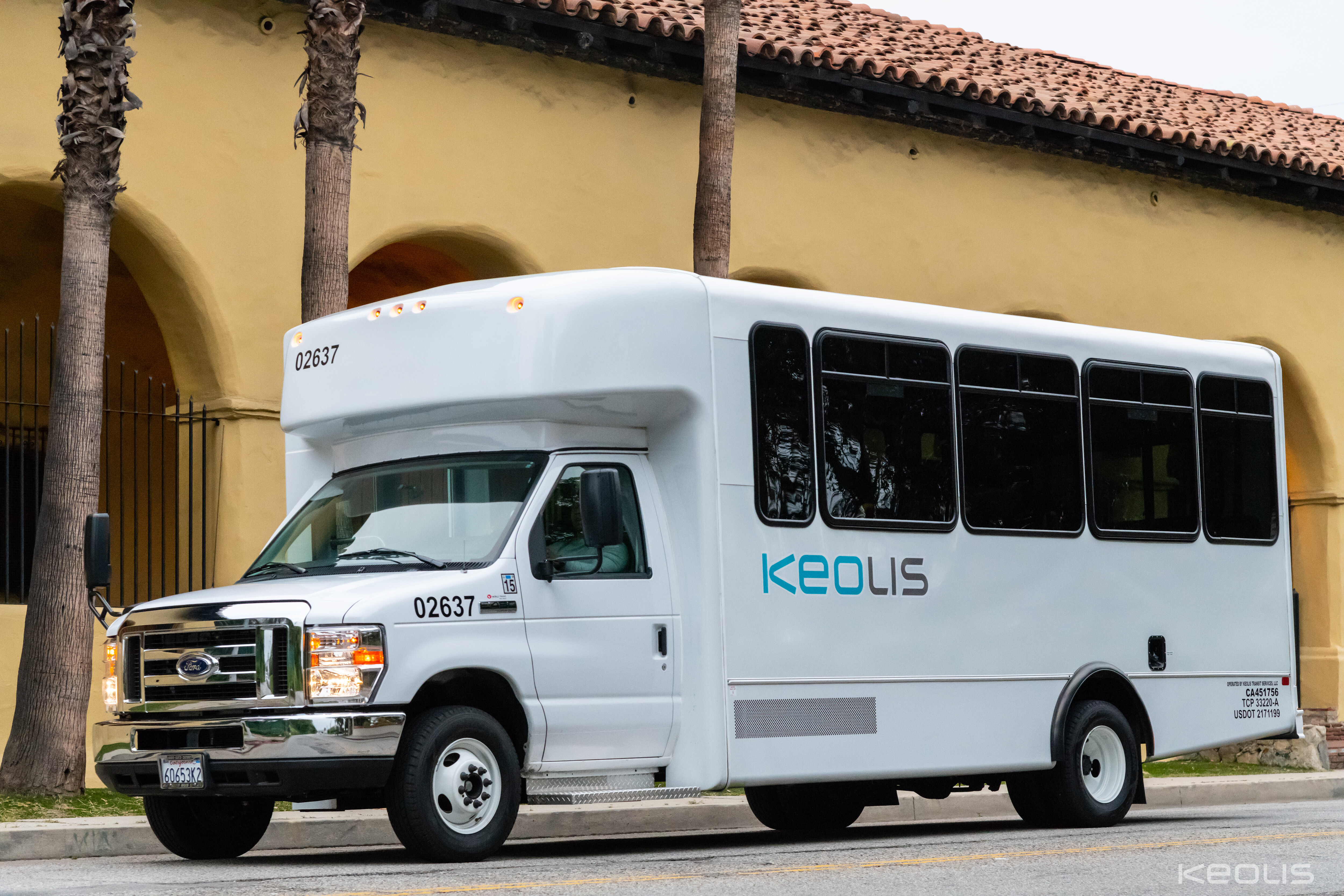Public transit systems are essential for cities to thrive, connecting communities, reducing traffic congestion, and fostering economic growth. Yet, for many residents living in transit deserts—areas with little to no access to frequent public transportation—these benefits ay be out of reach or hard to access. A lack of transit options can limit individuals’ economic opportunities, creating barriers to accessing jobs, healthcare, education, and other essential services.
To address these gaps, transit agencies are increasingly exploring microtransit—an on-demand transportation service that uses smaller vehicles to provide flexible, point-to-point rides in areas where traditional bus or rail routes are too costly or impractical to operate. Microtransit has gained attention for its ability to meet riders where they are, offering convenience, reduced wait times, and the flexibility to serve low-density or underserved areas. But its real promise extends beyond just providing service—it can be used to track and determine where transportation demand exists and how transit systems can evolve to meet it.
The Role of Microtransit in Addressing Transit Deserts
Transit deserts often emerge in neighborhoods where population density is deemed too low to support fixed-route buses or rail services, leaving residents with limited transportation options. Microtransit bridges this gap, providing a temporary yet scalable solution to test demand and justify investments in more permanent infrastructure.
For example, a microtransit pilot program might uncover high demand for first-mile/last-mile connectivity to existing transit hubs, validating the need for a new bus route or expanded service hours. It can also highlight travel patterns that might not align with traditional peak-hour schedules, helping agencies better tailor services to meet real-world needs.
However, understanding these patterns requires more than intuition. Transit agencies need robust data to make informed decisions—a need that innovative programs like Keolis Evolve are uniquely positioned to fulfill.
Keolis Evolve: A Data-Driven Approach to Transit Innovation
Keolis Evolve is a service that combines advanced analytics of anonymized mobility data with practical solutions to empower transit agencies to make smarter, data-backed decisions. By analyzing mobility trends, evaluating transit performance, and identifying gaps in service, Keolis Evolve enables agencies to develop more effective and equitable transportation networks. Past applications of Keolis Evolve have identified latent demand for bus and rail service in various U.S. cities. Local agencies responded by expanding service areas and increasing weekend service, leading to increased ridership.
Integrating Microtransit with Proven Systems
While microtransit offers exciting opportunities, it’s not a standalone solution. To maximize its impact, it must be integrated with existing transit systems in a way that enhances overall network performance. This integration can take several forms:
- First-Mile/Last-Mile Connectivity: Using microtransit to connect riders in low-density areas to high-frequency bus or rail corridors.
- Off-Peak and Demand-Responsive Service: Deploying microtransit during low-demand periods to maintain coverage while controlling costs.
- Filling Gaps in Transit Deserts: Acting as a precursor to fixed-route services in areas where demand has been validated.
The last point emphasizes a new path to expanded service for agencies that may struggle to get stakeholder buy-in for a significant bus network redesign. Enormous amounts of rider data can be obtained from microtransit apps and then used to identify corridors that would benefit from fixed route service. After all, if a microtransit program is successful it can only scale up so much before it begins to look like a bus network and the on-demand component is no longer necessary.
The Future of Transit: Innovation with Purpose
The ultimate goal of public transit isn’t just to move people—it’s to connect communities, expand opportunities, and improve overall quality of life. Microtransit, supported by tools like Keolis Evolve, represents a powerful step toward achieving these goals. By using microtransit to address transit deserts, validate demand, and complement existing systems, transit agencies can build stronger, more inclusive networks.
As cities grow and evolve, so too must their transit systems. By combining the flexibility of microtransit with the reliability of proven infrastructure, supported by actionable data and insights, transit agencies can meet riders where they are and take them where they need to go.
